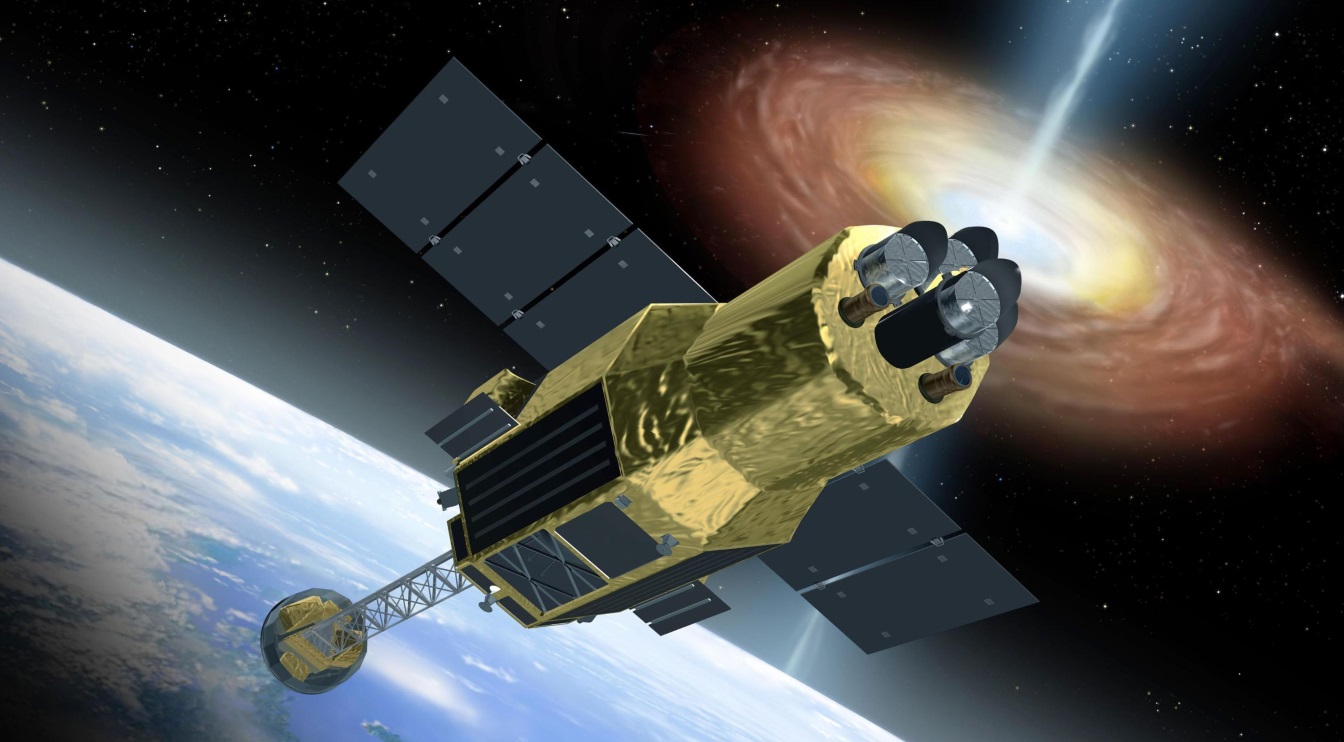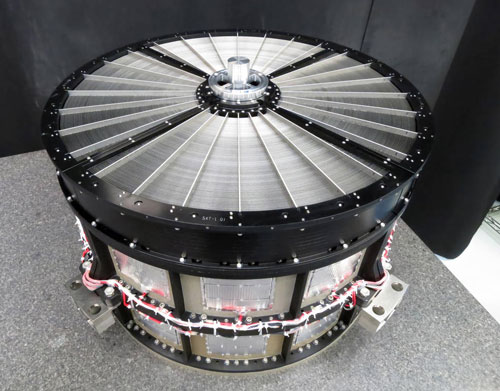In late February, the Japanese Aerospace Exploration Agency, JAXA, launched its next-generation X-ray observatory. This satellite, Hitomi, was designed to be the sixth in a series X-ray satellites whose operational histories stretch back to 1979. Hitomi could measure objects an order of magnitude fainter than its predecessor. The initial February 17 launch went smoothly, but Japan announced on March 27 that communication with the satellite had failed just as it was scheduled to begin its operational cycle. Initial attempts to reestablish communication with the satellite failed, but scientists were able to make brief contact with the craft as of Wednesday, March 30.
Hitomi (originally referred to as Astro-H pre-launch) is designed to explore how matter behaves when falling into black holes, the distribution of dark matter across galactic clusters, and to keep an eye on supernovae if and when they are detected. X-ray astronomy is one of the types of astronomy that can’t be performed on Earth, since our atmosphere absorbs X-rays before they reach the surface. Since no one has figured out a way to lift Mauna Kea into geosynchronous orbit, we have to do this kind of observation with specialized satellites, and Hitomi was meant to be a critical next-generation observatory. After the satellite went dark three days ago, it was thought to have been destroyed — except now it’s making intermittent contact with JAXA.
The current thinking is that the satellite is now spinning wildly — an opinion lent credence by a video shot by astronomer Paul Maley and reported by Gizmodo. That video shows the satellite moving at fairly high speed, but with wildly irregular brightness, as though it were caught in a tumble. The irregularity in its brightness is caused by light reflecting off different areas of the observatory, possibly including its solar panels. According to Maley, the damaged [satellite] appears to undergo one full rotation every 23.5 seconds.
Can Hitomi be saved?
At first, it was believed that Hitomi had fragmented into multiple smaller pieces; US radar picked up five separate fragments that were believed to be the satellite. There’s no evidence that the satellite was struck by other, already existing debris. It’s theorized that a sudden gas leak from one of its cooling tanks acted as a thruster, blowing the craft off course. Alternately, it’s possible that one of Hitomi’s rocket thrusters stuck open, sending the satellite spinning.
Full article: Japan’s lost black hole satellite is back online, still tumbling through space | ExtremeTech


